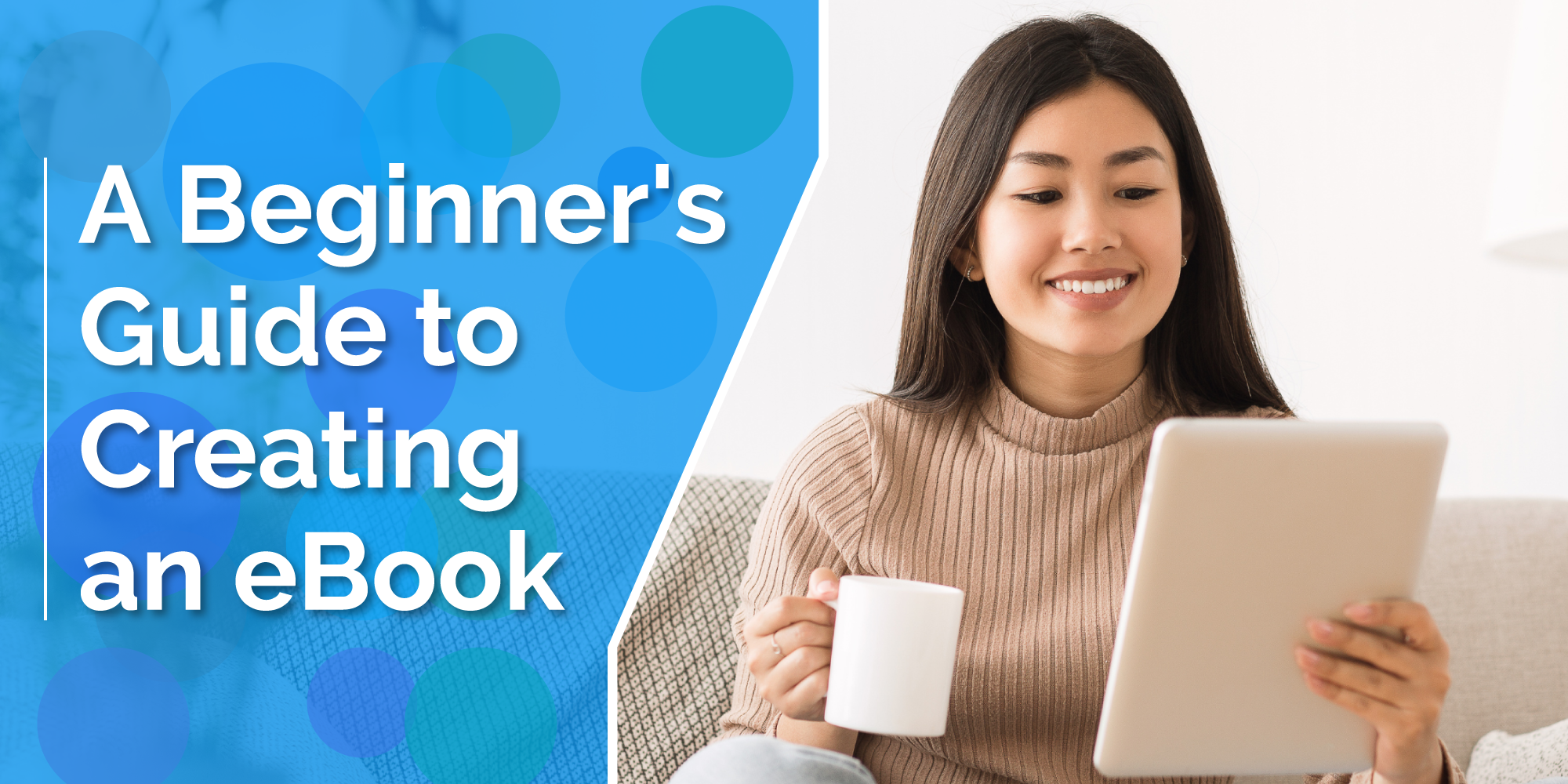Hello and welcome back to another blog article! We wanted today’s topic to be both fascinating and informative, so we went with teaching beginners how to create and publish an eBook.
Are you interested in publishing an eBook on your own platform like a website? Ever wondered how folks make it happen? Well, we’ve got answers. Let’s get into it!
As tablets and e-readers gain popularity, more individuals prefer eBooks to hardcovers or paperback editions. You may have downloaded and read eBooks, but you may be wondering how to produce an eBook. This article will teach you all you need to know about creating a very basic eBook, from beginning to end, in a straightforward, step-by-step, format.
What is an eBook?
An eBook is a digital book that can be read on digital devices. eBooks are significant marketing tools since they contain several digital pages that enlighten the reader. They are also often packaged as PDF documents so viewers may share them.
Are you ready to learn how to create an eBook? Here’s your step-by-step guide.
- Knowing your audience will help you choose content. Before writing your eBook, you should thoroughly research your audience. What is it that keeps them up at night? How are you going to fix their problem(s)? Knowing your target audience will also make the development of content much easier. To make the material easy to understand for the end user, utilize their language. The title should be catchy, informative, and cover the entire topic. If you can envision people nodding their heads as they read, you’re on the right course.
- Prepare an outline for your eBook’s chapters. Your eBook may be viewed as a brief course on your subject, aimed at individuals with a basic to intermediate comprehension of it. Don’t feel obliged to fluff your eBook to make it longer than it has to be; instead, write only what is essential. Some eBooks are only three to five chapters in length, but they accomplish their goals, while others may require dozens of pages.
- Design your eBook template and cover. Text is the main element on the cover of an eBook, but it is only one element and does not represent the whole thing. Eye-catching visual elements are important to attract attention at first glance. The cover should reflect the visual identity of your brand, both on the inside and outside. Another aspect to emphasize here is the adaptation of mobile devices.
- Create a landing page. Landing pages are the primary allies of an eBook distribution strategy. They allow you to swap the content for the consumer’s contact information, producing even more leads for your marketing initiatives.
- Proofread your eBook. Even if you create the most beautiful eBook, a single typo or grammar glitch can make readers lose respect and interest. You can do a manual check, seek help from professional proofreaders, or use online editors like Grammarly, Hemingway, or Prowritingaid for help.
- Publish and distribute your eBook worldwide. You’ve hit a crucial milestone in your eBook journey, and it’s time to celebrate! When you click publish, your eBook is officially available to people all around the world. Although this is a joyous occasion, you must go to the next step of selling your eBook. eBooks are excellent lead magnets, and you can offer them as free downloads in return for your readers’ contact information like their names and email addresses.
- Actively promote your eBook. Finally, you should start investing in eBook promotion. The more you share your eBook with your audience, the more likely it is that it will sell and create a substantial passive income. You should use social media platforms such as Facebook, Instagram, Twitter, LinkedIn, and YouTube to promote your book. Remember to ask your friends to tell their friends about the eBook as well.
- Analyze the outcomes. If you want to get more consumers, evaluating the conversion rate among those that downloaded your content is a smart idea. If you create more than one eBook, you can use A/B testing to see which components work best. It’s easy to visualize the actions taken by readers and even the areas of the information that attracted the greatest attention.
We hope that this step-by-step instruction will assist you in successfully generating an eBook. Publishing an eBook is easy if you take it one step at a time. Do you have any queries about writing an eBook? Or do you want to get more pointers? Share your opinions in the comments section below.
Also, if you’d like to learn how to create both an eBook and a physical book for publication on sites like Amazon, iBooks, or Barnes and Noble, click here.
Thanks for reading our articles this year! We’ll be taking a short break until January 20th, but we invite you to check out some of our other great articles between now and then. Happy new year, and have a wonderful holiday season!

 Linkedin
Linkedin


